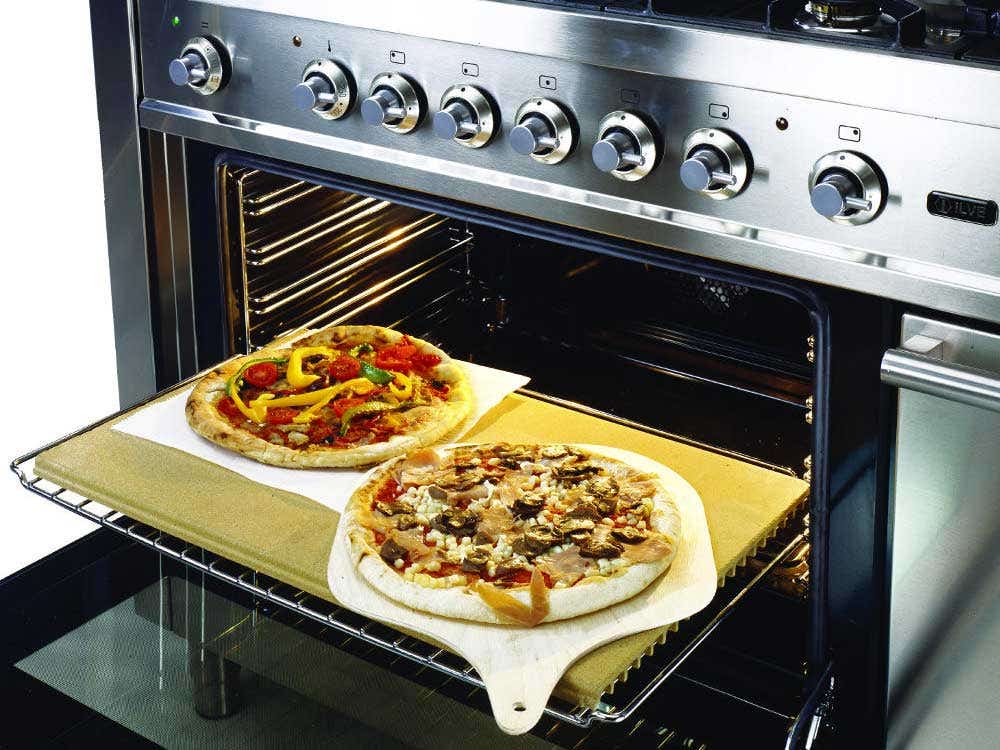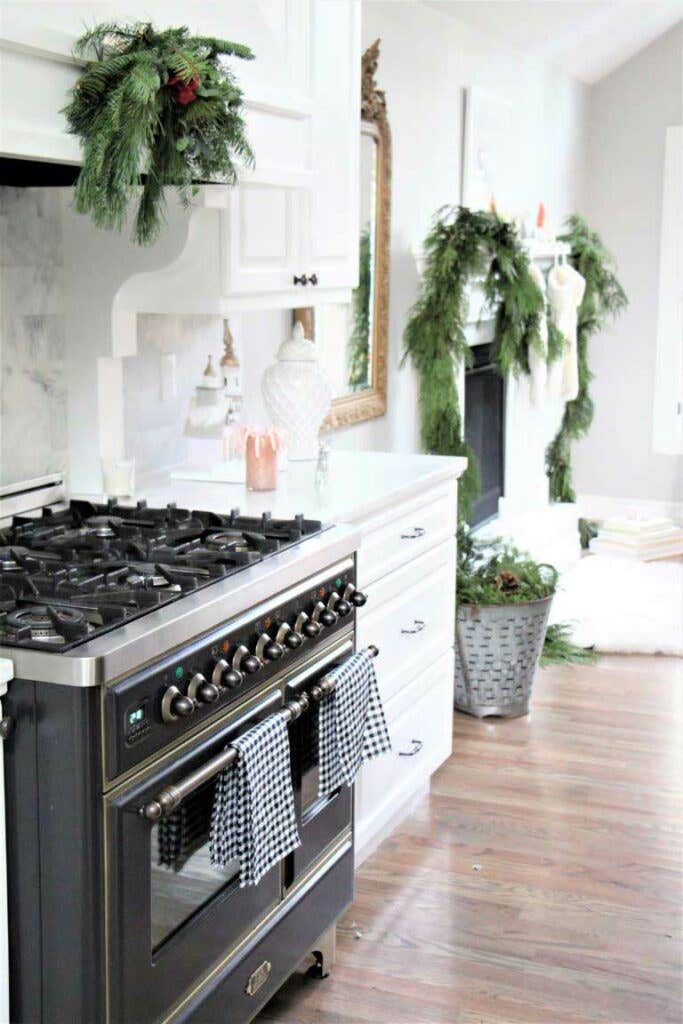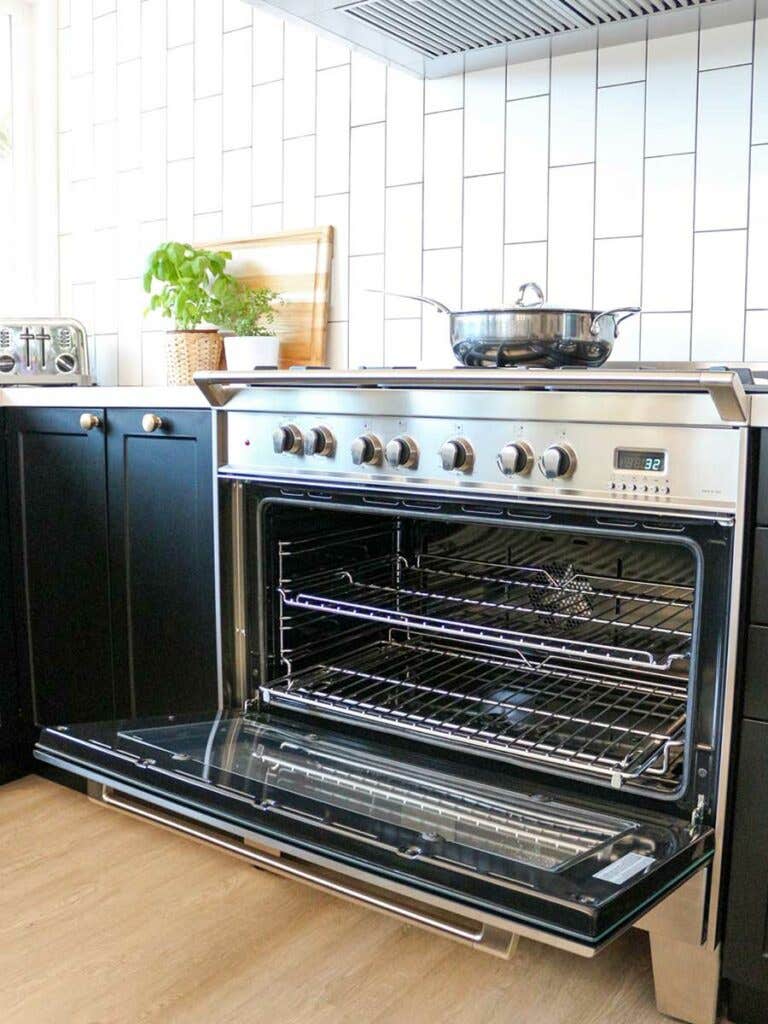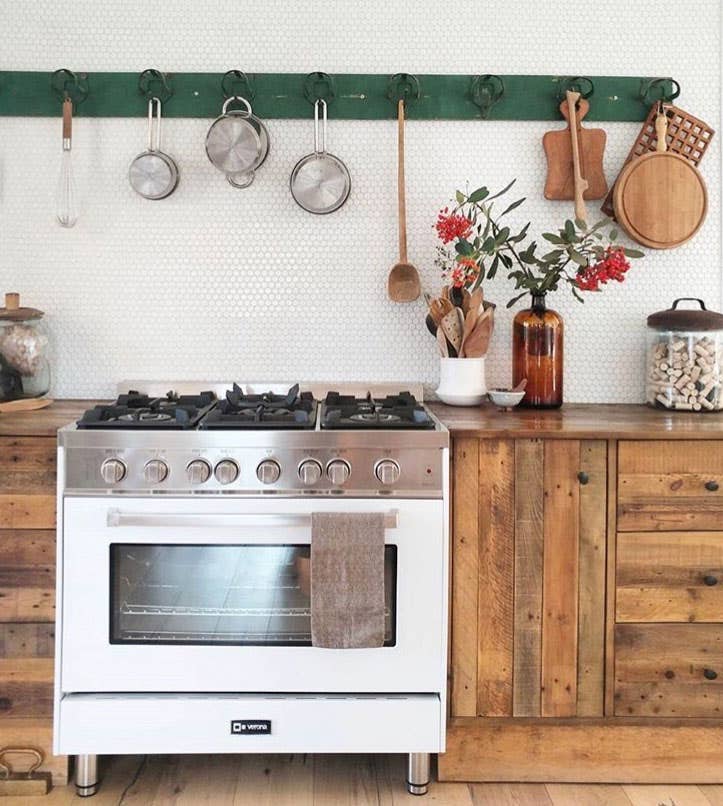
Home(cooked) For The Holidays: Understanding The Functions of Your Oven
Between shopping for gifts, managing travel and finding the perfect outfit for all of those parties, it’s no secret that the holidays can be a stressful time. Despite all of the hustle and bustle of the season, your holiday meal doesn’t have to add to that pressure. Understanding the functions of your cooking appliance takes away the unnecessary stress of meal preparation and turns cooking into a more enjoyable experience.
Now, all those settings on your oven may seem unnecessary and intimidating, but once you get to know your oven, you'll learn that cooking your meal at the right temperature and on the correct setting will ensure a party perfect meal for you and your guests. Just in time for the holidays, ILVE and Verona Appliances are sharing some cooking basics to keep in mind so that come holiday prep time, you can turn on your oven (to the right setting) and turn off the stress.

Conventional Ovens: This mode, also known as radiant oven mode, is the traditional static function that works without a fan. Heat from both the upper and lower elements of the oven operate together to cook meals evenly. Since the fan is not utilized in this setting it is ideal for more delicate dishes such as custards and soufflés where the force of a fan might contribute to lopsided results.
Convection: More and more modern ovens are equipped with convection settings that utilize a fan to continuously circulate hot air throughout the oven cavity. This forced air circulation blows consistent heat throughout the oven cavity, allowing for a quick and even dish. You can cook almost any food on a convection setting, and as an added bonus, meals cooked in Verona Appliances convection ovens are typically cooked up to 20% faster than conventional radiant ovens.

Hot Air Grilling: When the weather outside is frightful, take your grilling indoors! Exclusive to the ILVE Majestic collection, hot air grilling mode utilizes the infrared burner element along with the oven fan to ensure the best concentration of high heat on a main dish and at the same time evenly distributes heat to other part of the oven. This method guarantees that meats are rich and juicy on the inside, while golden brown and crisp on the outside – perfect for an indoor Barbeque!
Pizza Mode: Crispy on the bottom and melty on the top. Pizza mode removes all of the guesswork out of making pizza by setting the radiant elements to the ideal setting. Just set the thermostat to 480degrees, and then ILVE Appliance's pizza mode will automatically adjust the percentage of the heating elements, turning the upper elements to 30% and the bottom elements to 100%, for a perfectly cooked pie.

Lower Element Mode: Warm up on those chilly nights with slow cooked stews, casseroles, cakes and pastries. The lower element mode uses heat from the base of the oven. It is most commonly used to slow cook foods at a lower temperature for a longer period of time to tenderize meats and bring out all of the flavors in more complex dishes.
Defrost Mode: Have a frozen dish that needs defrosting quickly? Defrost mode is your new best friend. Where most ovens require you to set a temperature for defrost mode, Verona Appliance's ovens work by circulating air through the oven's fan without any heat. The fan accelerates the defrosting of the dish but will not dry out or par-cook the way a microwave or heated oven would.

Broil: Perfect for thin cuts of meat and firmer veggies, the broil setting is used to brown, crisp or toast dishes. The broiler works by using the upper heating element at a very high temperature, likened to a reverse BBQ grill. To use this setting properly it is important to move your oven rack to the highest position possible and use a broiler pan that can stand up to the high heat.
For even more cooking tips from EuroChef USA, be sure to visit our blog: www.blog.eurochefusa.com

Keep Reading
Continue to Next Story










